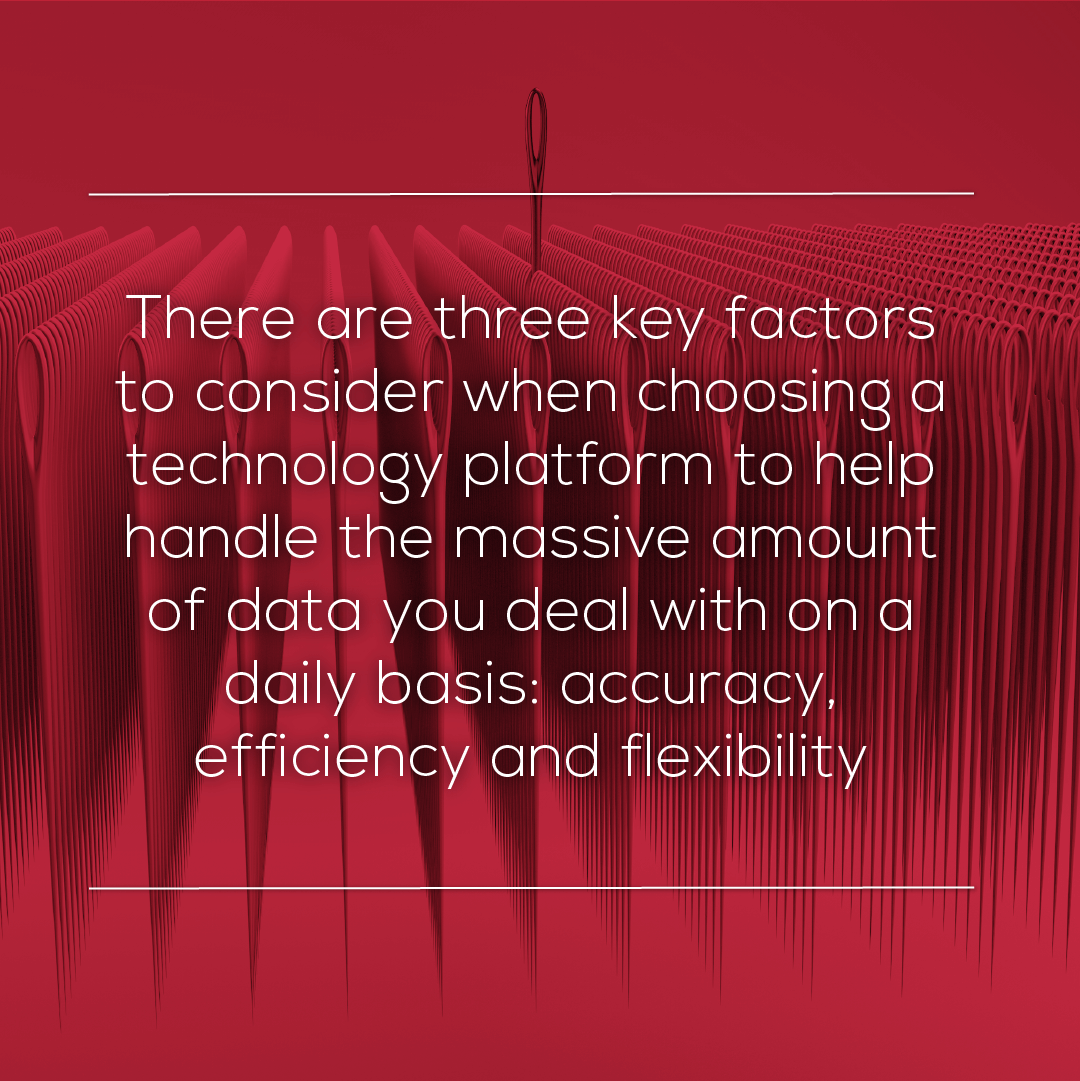It’s no stretch to say technology has become extremely important to the fixed income trader, especially technology that can help make sense of and glean insight out of the massive amount of data that exists in today’s marketplace. Unlike other sectors, the fixed income world is full of different types of instruments and data, all of which come with an extraordinarily complex mathematical web of macro and micro factors that can impact yield and return.
 Analyzing the data
Analyzing the data
The old way of using spreadsheets to keep track of this data is simply untenable in today’s world, as fixed income managers face a constant deluge of information. In fact, that’s a prime driver for the investment in technology from this sector. According to Greenwich Associates, the top six U.S. government bond dealers have a whopping aggregated annual technology budget of $26 billion, and managing data is a key part of this figure.
According to a recent article in Investment News, firms are looking to technology to analyze data more efficiently and effectively than any human ever could. “As bond markets enter a new age with rapidly expanding data sets, digital execution and modern methods of analysis, the old ways of managing money will die hard,” the article states. “The advantage is shifting to those who process data systematically through the power of computing”.
Key factors
But not just any technology will do. There are three key factors to consider when choosing a technology platform to help you handle the massive amount of data you deal with on a daily basis: accuracy, efficiency and flexibility.
The goal of a good data analytics solution is to provide actionable intelligence for the manager – whether that calls for a tweak to the investment strategy or verifies that the investment process is working as expected. You need a solution that will help you answer critical questions such as: “Were our assumptions correct? Have the drivers of our returns been what we thought they would be?” The answers require robust tools that are able to crunch through reams of comprehensive data sets. For fixed income managers, it’s a powerful thing to be able to ask questions based on coherent data – and to know you can trust the answers.
Usability
Another key factor is usability. Managers need to be able to customize the presentation of end results in an unlimited number of configurable dashboards that mix and match components as desired. Using a platform where indicators such as performance, attribution, and risk metrics can all be shared in a simple and easy format to digest, as well as having the ability to quickly create output that is customized for specific internal and external stakeholders, are vital to success.
It’s why we developed StatPro Revolution with these factors in mind. Taking into account feedback from clients, we created a solution that allows fixed income managers to build their own output using customized templates, measures and graphs. Through this customization, the number of one-off questions from stakeholders trying to understand complex data through the lens of preset templates can be reduced.
Conclusion
Fixed income managers are typically extremely familiar with complex mathematical formulas, but the sheer amount of data dealt with today means that relying on the old ways of manual calculations and spreadsheets is nearly impossible. However, by working with a modern interface with a robust architecture that leverages cloud-based capabilities means the day-to-day life of the fixed income manager simply gets easier.
{{cta(‘1989fbdc-61af-40c4-831e-d8322fcbf5aa’)}}